Description
One step to purchase powder mercury Online
BUY MERCURY POWDER Mercury is a chemical element with the symbol Hg and atomic number 80. A heavy, silvery d-block element, mercury is the only metallic element that is liquid at standard conditions for temperature and pressure; the only other element that is liquid under these conditions is the halogen bromine, though metals such as caesium, gallium, and rubidium melt just above room temperature. Established in the year 2011, Parshwamani Metals is a distinguished manufacturer, supplier and trader offering an enormous consignment of Industrial Metal Tube, Beryllium Product, Shim Sheet, SS Round And Square Bar, Aluminium Products, Aluminum Bronze Products etc. Besides these, we also provide products such as, Hollow Brass Tube, Brass Tube, Refrigeration Copper Tube, Beryllium Copper Plates, Stainless Steel Shim Sheet, SS Square Bar, Aluminium Chequered Plates, Nickel Aluminum Bronze etc. Mercury occurs in deposits throughout the world mostly as cinnabar (mercuric sulfide).
It remains in use in scientific research applications and in amalgam for dental restoration in some locales. It is also used in fluorescent lighting. Electricity passed through mercury vapor in a fluorescent lamp produces short-wave ultraviolet light, which then causes the phosphor in the tube to fluoresce, making visible light. Mercury poisoning can result from exposure to water-soluble forms of mercury (such as mercuric chloride or methylmercury), by inhalation of mercury vapor, or by ingesting any form of mercury.
Chemical properties
Mercury does not react with most acids, such as dilute sulfuric acid, although oxidizing acids such as concentrated sulfuric acid and nitric acid or aqua regia dissolve it to give sulfate, nitrate, and chloride. Like silver, mercury reacts with atmospheric hydrogen sulfide. Mercury reacts with solid sulfur flakes, which are used in mercury spill kits to absorb mercury (spill kits also use activated carbon and powdered zinc).
Specification:
MF: C
Other Names: Activated Charcoal
Purity: 99.9%
Type: Adsorbent
Usage: Coating Auxiliary Agents,Electronics Chemicals,Leather Auxiliary Agents,Paper Chemicals,Petroleum Additives,Plastic Auxiliary Agents,Rubber Auxiliary Agents,Surfactants,Textile Auxiliary Agents,Water Treatment Chemicals
Adsorbent Variety: Activated Carbon
Physical properties
A complete explanation of mercurys extreme volatility delves deep into the realm of quantum physics, but it can be summarized as follows: mercury has a unique electron configuration where electrons fill up all the available 1s, 2s, 2p, 3s, 3p, 3d, 4s, 4p, 4d, 4f, 5s, 5p, 5d, and 6s subshells. Because this configuration strongly resists removal of an electron, mercury behaves similarly to noble gases, which form weak bonds and hence melt at low temperatures.
The stability of the 6s shell is due to the presence of a filled 4f shell. An f shell poorly screens the nuclear charge that increases the attractive Coulomb interaction of the 6s shell and the nucleus (see lanthanide contraction). The absence of a filled inner f shell is the reason for the somewhat higher melting temperature of cadmium and zinc, although both these metals still melt easily and, in addition, have unusually low boiling points.
Occupational exposure
EPA workers clean up residential mercury spill in 2004
Due to the health effects of mercury exposure, industrial and commercial uses are regulated in many countries. The World Health Organization, OSHA, and NIOSH all treat mercury as an occupational hazard, and have established specific occupational exposure limits. Environmental releases and disposal of mercury are regulated in the U.S. primarily by the United States Environmental Protection Agency.
Applications
It is used primarily for the manufacture of industrial chemicals or for electrical and electronic applications. It is used in some thermometers, especially ones which are used to measure high temperatures. A still increasing amount is used as gaseous mercury in fluorescent lamps, while most of the other applications are slowly phased out due to health and safety regulations and is in some applications replaced with less toxic but considerably more expensive Galinstan alloy.
Production of chlorine and caustic soda
Chlorine is produced from sodium chloride (common salt, NaCl) using electrolysis to separate the metallic sodium from the chlorine gas. Usually the salt is dissolved in water to produce a brine. By-products of any such chloralkali process are hydrogen (H2) and sodium hydroxide (NaOH), which is commonly called caustic soda or lye. By far the largest use of mercury in the late 20th century was in the mercury cell process (also called the Castner-Kellner process) where metallic sodium is formed as an amalgam at a cathode made from mercury; this sodium is then reacted with water to produce sodium hydroxide. Many of the industrial mercury releases of the 20th century came from this process, although modern plants claimed to be safe in this regard. After about 1985, all new chloralkali production facilities that were built in the United States used membrane cell or diaphragm cell technologies to produce chlorine.
Treatment
Research on the treatment of mercury poisoning is limited. Currently available drugs for acute mercurial poisoning include chelators N-acetyl-D, L-penicillamine (NAP), British Anti-Lewisite (BAL), 2,3-dimercapto-1-propanesulfonic acid (DMPS), and dimercaptosuccinic acid (DMSA). In one small study including 11 construction workers exposed to elemental mercury, patients were treated with DMSA and NAP. Chelation therapy with both drugs resulted in the mobilization of a small fraction of the total estimated body mercury. DMSA was able to increase the excretion of mercury to a greater extent than NAP.
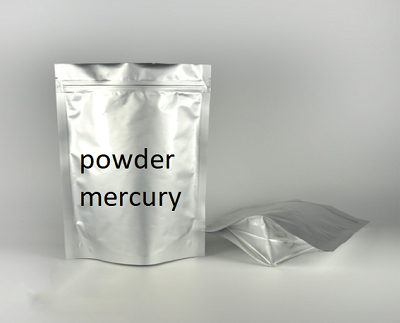
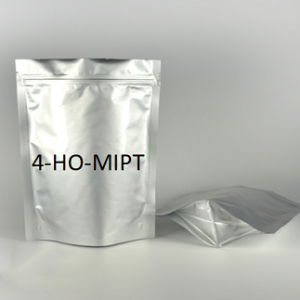
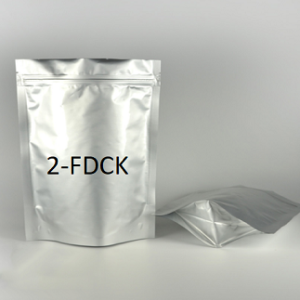
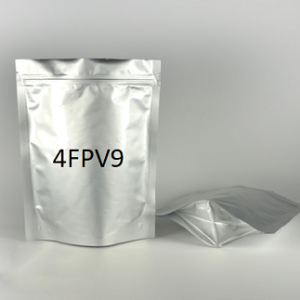
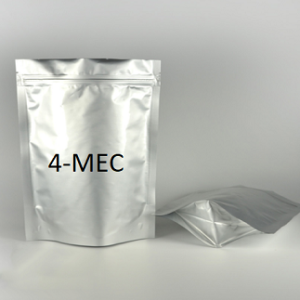
Reviews
There are no reviews yet.